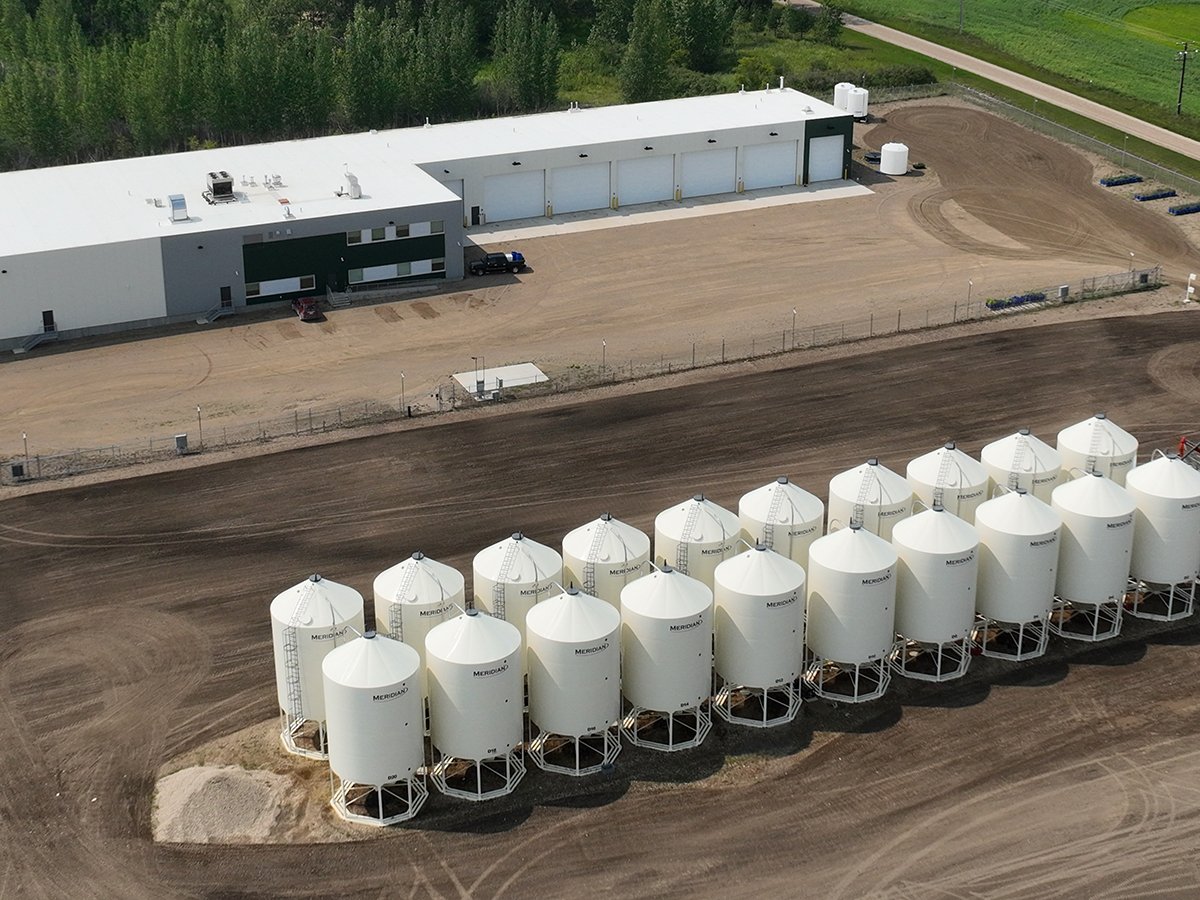Doug Durante has a map that shows the growth of the ethanol industry in the United States.
It is growing so quickly he cannot keep the map current.
“The map is out of date,” the executive director of the Washington-based Clean Fuels Development Coalition apologized as he spoke Dec. 9 to a meeting of the Canada Grains Council and Grain Growers of Canada.
“We can’t add the dots (indicating ethanol plants) fast enough.”
In the nine years to 1999, ethanol production in the U.S. doubled to more than 1.5 billion U.S. gallons. In the four years since, it has doubled to almost three billion gallons.
Read Also

Saskatchewan firm aims to fix soil with compost pellets
In his business, Humaterra, Leon Pratchler is helping farmers maximize yields in the weakest areas of their fields through the use of a compost pellet.
New American legislation establishing renewable fuel standards will require ethanol use in the U.S. to increase to five billion gallons by 2012, approximately 18 billion litres.
This guaranteed growth has led to a multibillion investment in the U.S. industry, Durante said.
“We see nothing but a bright future.”
The reasons for the growth are general enough to apply to Canada and specific enough to apply only to the U.S. It is an environmentally friendly fuel in an age of worry about greenhouse gas emissions, although Durante conceded there is an environmental problem with ethanol because it causes gasoline to evaporate more readily, helping to create smog.
“It is not much emphasized but ethanol has some negative environmental implications.”
It is an important factor in America’s rural economy, providing a steady market for hundreds of millions of bushels of corn.
Ethanol is an alternate fuel that can be used in existing automobile engines without modification. And it creates thousands of rural jobs, leading to strong political support for the industry.
All this leads to large government legislative support, such as the clean air act, mandatory ethanol use in the government car fleet, investment and tax breaks, that is key to the American industry’s amazing growth.
“Tax incentives are the lifeblood of the ethanol industry,” Durante said.
By contrast, Canada’s ethanol industry has been much slower to develop and the financial, regulatory and legislative support has been more tepid.
The federal government has promised to support the goal of having a 10 percent ethanol blend in 35 percent of gasoline sold in Canada by 2010. The ethanol industry considers that a conservative goal and some in government agree.
Ralph Goodale, a key figure in Paul Martin’s new Liberal government, has said he thinks the goal should be ethanol content in all Canadian gasoline by 2015. This month, Ottawa announces the successful applicants for a share of $60 million in federal funds available for expansion of production capacity.
Still, that is only likely to increase production enough to displace 100 million L of ethanol imported annually from the U.S.
Meanwhile, Agriculture Canada researcher Martin Reaney told the grain growers’ convention that as good as ethanol is as a clean fuel, bio-diesel is better.
It is clean fuel and is twice as powerful as ethanol. Bio-fuel from an acre of canola would propel cars twice as far as ethanol from an acre of grain.
“Ethanol is a good product but bio-diesel is better and it is under-supported (by federal research and development dollars),” he said.














